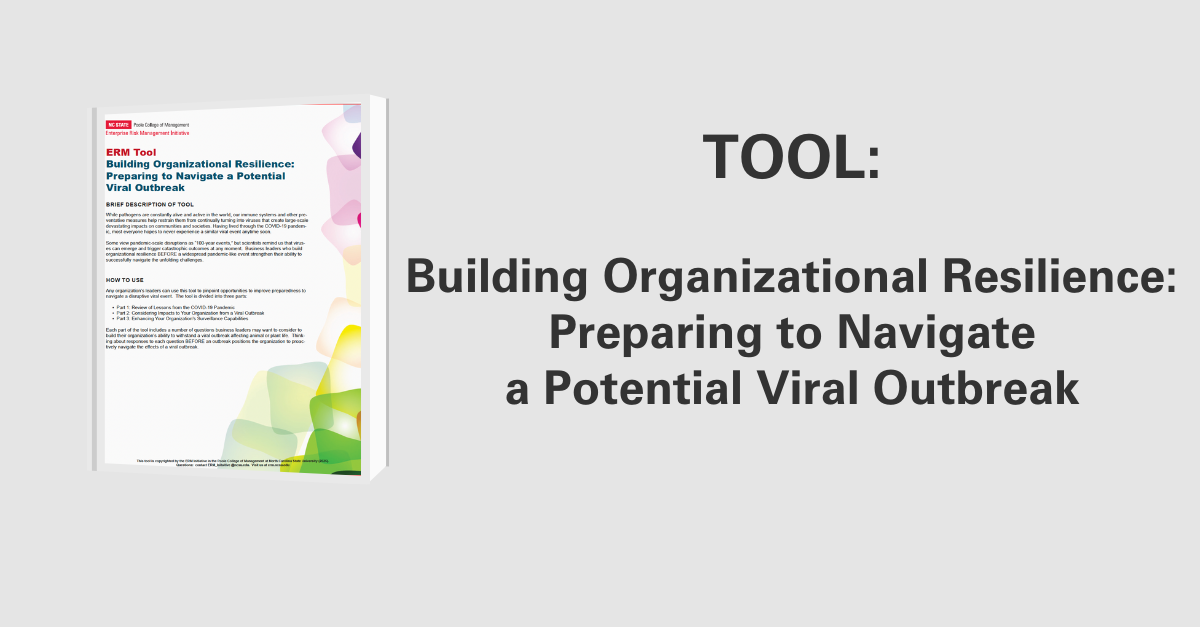The World Economic Forum’s Global Risks 2012 Report
The Top 50 Global Risks
The World Economic Forum (WEF) published the seventh edition of the global risks report entitled the Global Risks 2012. The WEF’s Risk Response Network developed this report after gathering survey results from 469 global experts from multiple disciplines including government, business, academia, and international organizations. The report first features an insightful section that covers three cases which show the potential catastrophic events that could happen as a result of the interconnectedness of the global risks. The three cases are:
- Seeds of Dystopia: This case highlights how societies worldwide could become chaotic as high unemployment rates among young people persist and as governments fail to maintain social provisions.
- How Safe are our Safeguards: Experts are concerned that our regulatory/governance systems will fail to manage today’s complex systems including our financial and political systems.
- The Dark Side of Connectivity: Virtual hyperconnectivity creates enormous personal and organizational risks. Examples of issues of concern include the growing number of cyber attacks, the loss of proprietary information, and the possibility of terrorism or war in the virtual world.
The report features 50 global risks in five categories which experts believe global leaders should be most concerned about. The five categories are economic risks, environmental risks, geopolitical risks, societal risks, and technological risks. Experts who were surveyed for the Global Risks 2012 report appeared to be more concerned about societal risks namely severe income disparity and chronic fiscal imbalances. In comparison, survey results for the Global Risks 2011 report indicated that experts had been more concerned about environmental risks.
Economic Risks
Under economic risks, experts were more concerned about the risk that governments would fail to manage and pay off their huge debts. Other major concerns in this category include the increasing disparity between the rich and poor, volatility of food and oil prices among other energy commodities, and recurring of global financial crises. These risks might have huge economic ramifications and could trigger societal unrest.
Environmental Risks
The report noted that risks in the category could cause economic or societal instabilities and potentially develop into political conflicts. Failure to manage rising greenhouse gas emissions and failure of the global community to implement mitigation measures against the results of climate change are the two risks considered to have the greatest impact. Unsustainable use of land or water bodies, urbanization mismanagement and loss of biodiversity came up as having a higher likelihood than other risks such as natural disasters.
Geopolitical Risks
The report results showed that the failure of current global institutions or international agreements was the geopolitical risk with the most connections to other risks. The global institutions and international agreements are essential to resolve global issues such as climate change, government debt defaults, and economic systemic failures. Other obviously risks such as terrorism, increase in nuclear weapon armament, and corruption were high in both likelihood and global impact.
Societal Risks
This category is concerned with issues such as the stability and survival of humanity and modern civilizations. Water shortages and food crises were clearly the greatest concerns on both likelihood and global impact scales. Nonetheless, the other risks in this category were highly rated. Experts were highly concerned about religious extremism, increasing aged populations, and the growing discontent towards globalization as a result of nationalism or populism.
Technological Risks
Examples of risks in this category include cyber attacks, inadequate measures that protect intellectual property, and critical systems failure. The survey results indicated that the risk of critical systems failure had the most interconnections with other risks.
Original Article Source: “Global Risks 2012 7th Edition“, World Economic Forum, 2012
- Types:


